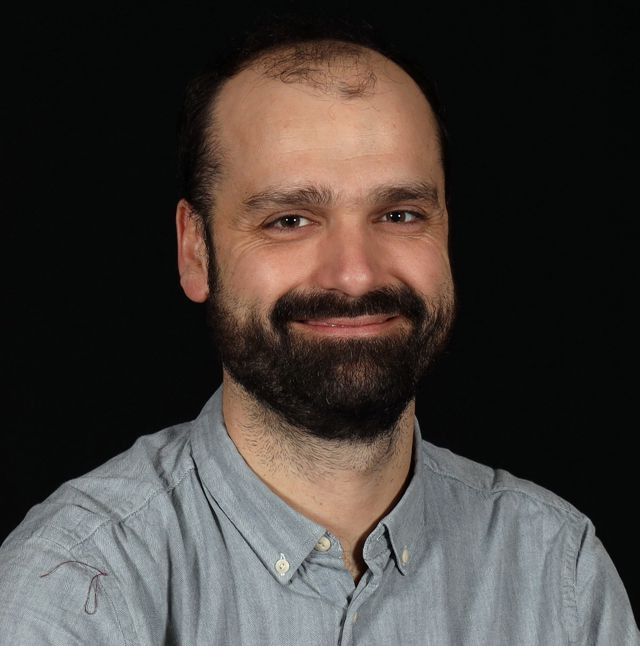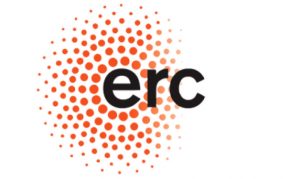Hugo Marroux, scientist at the Laboratoire Interactions, Dynamiques et Lasers – LIDYL of CEA’s IRAMIS Institute, has been awarded an ERC starting grant 2022 for his SATTOC project, “Solution ATTOsecond Chemistry”.
In this project, research will use the shortest light pulses available today: attosecond pulses.

These laser pulses, which can reach the X-ray range, can excite electrons within the inner electronic layers of molecules, i.e. as close as possible to atomic nuclei. These excited states of matter are very short-lived, lasting only a few femtoseconds (10-15 s). They do, however, have the advantage of being localized, enabling the observation of molecules from the view of a single type of atom. Hugo Marroux will study the electron transfers specific to these states of matter, then develop laser protocols for manipulating them.
To achieve this goal, Hugo Marroux will benefit from the expertise and state-of-the-art ATTOLab laser infrastructure available at LIDYL, which is open to the entire French community, thanks to the PEPR Exploratoire LUMA – “Valorizing light-matter interactions” co-sponsored by CEA and CNRS.
The proposed experiments will reveal the electron and energy transfer processes within molecules in solution, following excitation by high-energy photons. It is essential to understand these mechanisms, to better guide cancer treatment protocols by radiotherapy, for instance.
After completing a thesis at the University of Bristol on ultrafast dynamics in molecules, Hugo Marroux spent two years as a post-doctoral fellow in Dan Neumark’s team at the University of California, Berkeley, where he specialized in attosecond (10-18 s) physical chemistry. He then carried out a second post-doctorate at EPFL in Lausanne, where he studied the chemical dynamics of molecules surrounded by solvent, using extreme ultraviolet spectroscopy (radiation with a wavelength of the order of ten nanometers). He joins LIDYL’s “Physique attoseconde – ATTO” group in 2021.




